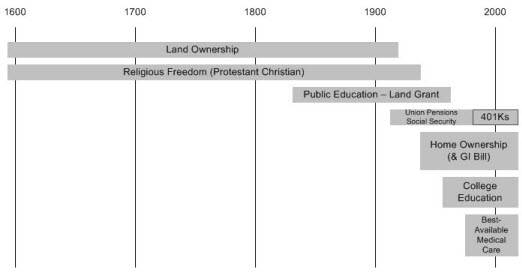(paraphrasing a conversation)
Me: Hi, I’m calling about my AMA dues notice?
AMA representative: Yes?
Me: I’m not a member currently. I’d like to be removed from your mailing list, please. I don’t plan on becoming a member any time soon, so I don’t need the dues notices.
AMA representative: Okay.
****
From the AMA website a couple of days before the vote: “Washington, D.C. After careful review and consideration, the American Medical Association (AMA) today announced its qualified support for the current health reform bill as a step toward providing coverage to all Americans and improving our nation’s health system.”
Also from the AMA website (where they have a counter “counting down” to the 21% Medicare Physician cuts with the admonition to “take action now”:)
“Resolving the problem now is the fiscally responsible course to take. Relying on past methods of postponing the immediate crisis will only increase the cost of a permanent repeal. Congress can no longer afford to kick the can down the road.”
Does anyone want to explain the above statement to me? Seriously, I’m trying to understand what the organization might mean with that statement about fiscal responsibility – as they ask members to call and complain about cuts to physician medicare payments. What was that about CBO scoring again? I’m a dunce at all of this, so I ask for help from the readership! It’s a real question….
